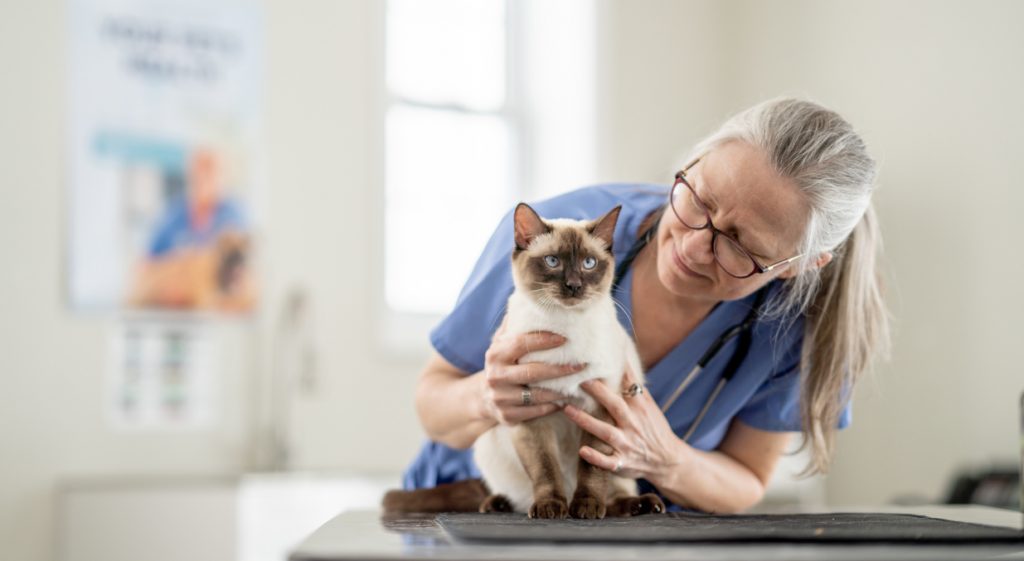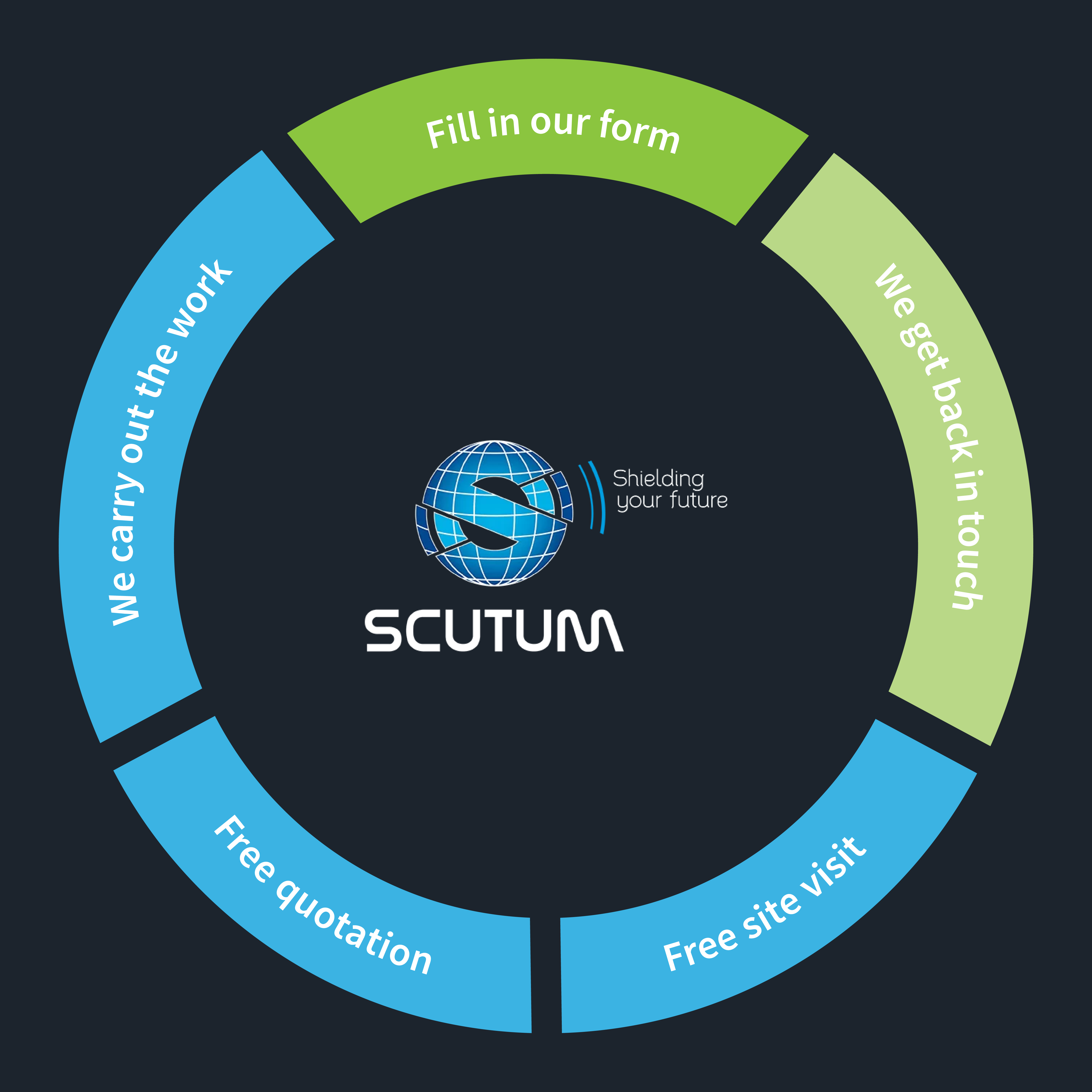Fire safety for animal facilities
Working at any business that involves animals can be highly rewarding, and often a lot of fun. But, as with any other place of work, there are serious issues like fire safety risks that have to be considered and dealt with.
Here at Scutum London, we work with businesses across a wide range of sectors, using our years of experience in the fire safety industry to help them meet the specific challenges present in their particular industries and premises.
Here, we’re taking a detailed look at how we can help animal facilities keep their buildings, their staff and the animals they work with safe from the threat of fire.

Types of animal housing facilities that could be impacted
The term ‘animal facility’ can refer to a number of diverse establishments and businesses, including but not limited to:
- Farms
- Stables and equestrian centres
- Kennels and catteries
- Rescue centres
- Veterinary clinics
- Pet shops
- Zoos and wildlife parks
Fire risk assessments for animal facilities
The starting-point for any effective fire safety programme is the fire risk assessment that is obligatory for all commercial premises, including animal facilities. A fire risk assessment includes five key areas:
- Identification of hazards
- Identification of people at risk
- Evaluate, remove and reduce risks
- Record, plan, inform, instruct and train
- Review
Your fire risk assessment will identify the best means of reducing these risks and hazards by minimising the chances of a fire starting, identifying the best tools for controlling a fire should one break out and creating a plan for evacuating people and, where possible, animals in an emergency.
Identification of hazards and risks
When considering the specific risks present at an animal facility, one of the first things you need to look for are possible fuels for a fire. Sources of fuel commonly found in animal facilities can include:
- Bedding (including hay and wood shavings)
- Flammable chemicals (including dressage products)
- Soft furnishings (including blankets and curtains)
- Fuel for vehicles
- Hydraulic oils
- Packaging materials
Along with potential fire hazards, you also need to identify individuals who might be at risk in the event of a fire so that you can make provisions to ensure their safe evacuation. There is a long list of people you’ll need to factor into any evacuation plans, even if they are not always on site. These include:
- Visitors
- Cleaning staff
- Security staff
- Veterinary staff
- Maintenance staff
- Volunteers
- Drivers
You also need to take into account where these people will be based or located. Are they in isolated spaces? Can you evacuate anyone with a mobility issue easily and comfortably?
Finally, animal facilities must also identify animals that would be at risk from a fire, either directly or indirectly, so that you can also plan for their safe evacuation.
Fire detection equipment for animal facilities
- Call points – Most commercial buildings will have standard manual call points, where you break the glass to raise the alarm when there is a fire. This may not always be suitable for animal facilities, so frangible call points with a cover over the actual point are a good alternative – these allow the alarm to be raised without risking the safety of the animals or any of the animals accidentally breaking the call point. Call points should be situated at fire exits or the nearest viable exits, enabling people evacuating to sound the alarm. On buildings with more than one floor, there should be call points on each floor.
- Automatic detection – Getting the right kind of automatic detection system will depend on the type of facility in operation and the type of buildings involved. Required by law where they are needed to protect lives, you should consult a professional for a detailed plan on the set-up for automatic fire detection equipment. While smoke alarms are the most basic piece of equipment, it’s important to consider whether other airborne things such as dust, steam and insects could create a false alarm. Single-point optical beams, set at the highest level of the ceiling are recommended for animal accommodation.
- Public address systems – More and more businesses are utilising public address systems instead of traditional alarm sounds. This is to communicate clear, precise messages in larger spaces where the public may not necessarily react to a basic alarm sound.
- Fire alarm drills – Unlike most premises, a full evacuation of animal facilities for a fire drill may not be practical, but it is still necessary to have an evacuation strategy in place. Whether you evacuate certain parts of the site only where the fire exists, or you put in place a phased evacuation, there will no doubt be more planning and management when it comes to fire drills for animal facilities.
- Testing and maintenance – Weekly alarm tests are strongly recommended to ensure the system is functioning well and that there are no electrical faults. These tests should be logged and a named responsible person should be trained to manage them.
When it comes to maintenance, professional assistance will be required to work on a system. You should also ensure you have a backup power supply that is capable of sustaining any alarms and detection systems.
Fire escape routes for animal facilities
When planning escape routes at an animal facility, these are just some of the things you need to consider:
Suitability of exits
When it comes to escape routes, you must ensure that they are suitable. This means factoring in a number of considerations, including:
- whether animals and people can exit at the same time
- whether the exits are usable at all times
- whether the exit is suitable for the number of people and animals
- whether there are locks or entry restrictions on the route
- whether the route is free of hazards and obstacles
Your fire exits and escape routes are important for the calm and swift evacuation of your premises, so it is also vital for you to establish routes that don’t go through someone else’s buildings – where exits may be locked off – and that fire doors open outwards in the direction of escape.
Ladders and hatches are not suitable for exits unless in exceptional circumstances for well-trained staff.
Mobility issues
People who require assistance to escape due to mobility issues should always be considered in your plans for fire escapes, with refuge points in fire-resisting structures, routes suitable for disabled people and the prioritised evacuation of those with mobility issues in mind before the rescue and release of animals.
Doorways
The width of the doorways in your property dictates the number of people who can evacuate safely in an emergency:
- A 750mm door can accommodate up to 50 people evacuating
- An 850mm door can accommodate up to 80 people
- A 1,050mm can accommodate up to 220 people
Where exit doors and routes need to accommodate both people and horses at the same time, these need to be at least 2.4m high by no less than 1.2m wide.
Stairs, basements, corridors and roof exits all also come with specific measurements and procedures to follow for a safe evacuation. These predominantly revolve around providing a safe, secure and swift exit from the building, factoring in events where a fire might cut off the normal exit routes.
Regular Review of Fire Safety
All businesses go through changes from time to time, so whether it’s the people on site or the premises themselves which change, you should review your fire safety practices to ensure the ongoing safety of people and animals at your facilities.
Your fire risk assessment needs to be reviewed at least annually, but sooner if there is a change in layout or usage of your premises.
If you run an animal facility of any kind and need help managing the fire risks and choosing the right fire detection and fire extinguishing solutions for your premises, Scutum London can help.
We’ve been managing the fire safety needs of businesses working in multiple sectors across South East England, London and Surrey for years, and can help you keep your premises and people safer while also ensuring you meet all your legal requirements.
Get in touch with us now to find out more.
Request a Callback
Just fill in your details below and we'll get back to you as soon as we can!

About Scutum London
Scutum London is a leading expert in fire safety and security solutions for businesses and organisations located across South East England, including London and Surrey.
From fire alarms, fire extinguishers and fire risk assessments to access control, CCTV and intruder alarm systems – and a lot more besides – we offer a comprehensive range of products and services designed to keep you, your business and your staff and visitors safe.
With decades of industry experience to call on, we’re proud to hold accreditations from leading trade associations and bodies such as British Approvals for Fire Equipment (BAFE), the British Fire Consortium, the Fire Industry Association (FIA) and Security Systems and Alarms Inspection Board (SSAIB).
If you’d like to find out more about Scutum London, get in touch with our friendly team or explore our products and services on our site.

